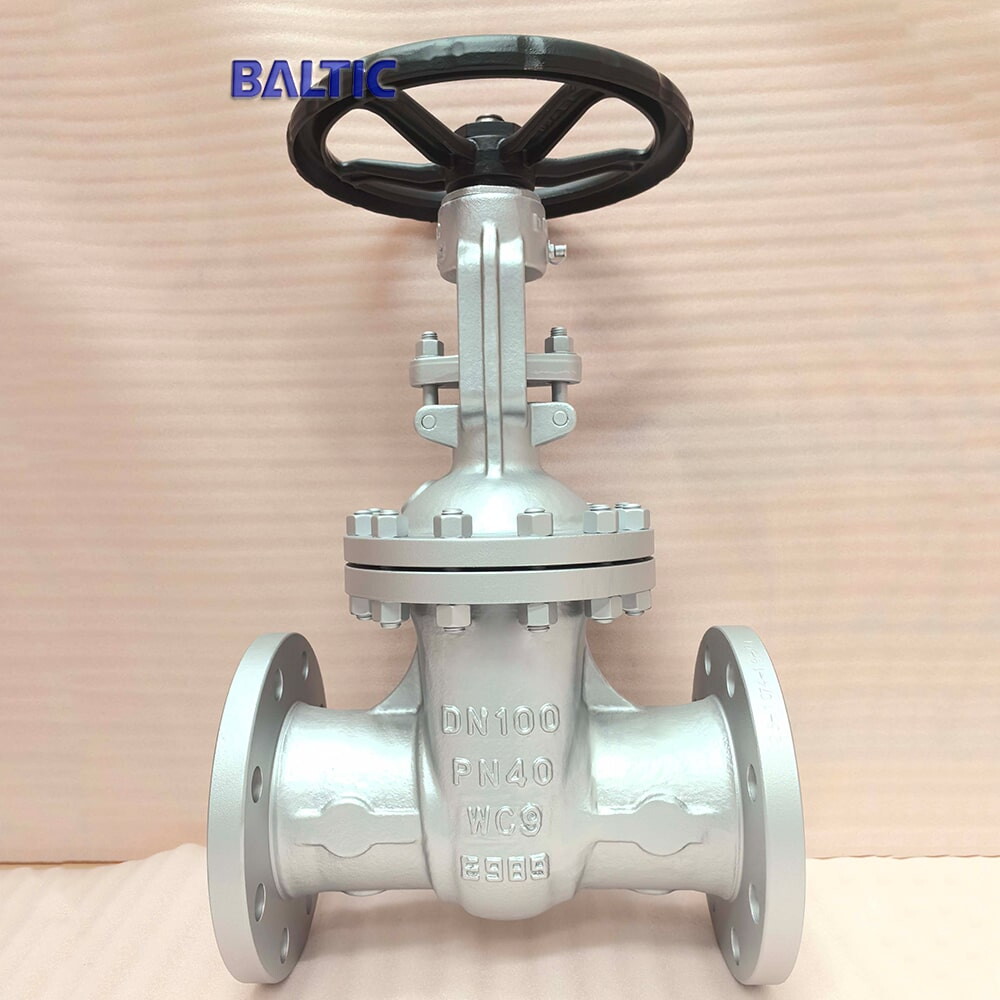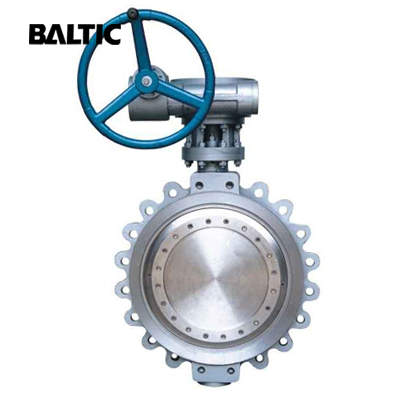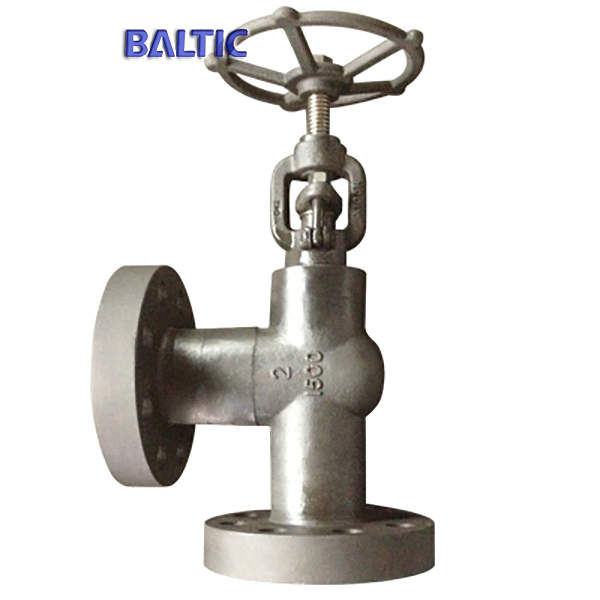Appearance Inspection Methods for Valves
1. Inspect whether internal and external surfaces of valve bodies have defects such as sand holes, cracks, etc.
2. Inspect whether the valve seat is firmly connected with the valve body; whether the valve spool fits the valve seat; whether the sealing surface has any defects.
3. Inspect whether the connection between the valve stem and the valve spool is flexible; whether the valve stem bend or not; whether the thread is damaged or corroded.
4. Inspect whether the packing and the gasket of the valve is aging or not; whether the valve can be opened and closed flexibly.
5. Inspect whether there is a nameplate on the valve body, and whether the nameplate contains the information about the name of the valve manufacturer, the name of the valve, the nominal pressure and the nominal diameter of the valve.
6. The opening and closing locations of the valve in the transportation should comply with the following requirements.
(a) Valves including gate valves, globe valves, throttle valves, butterfly valves and control valves should be fully opened or closed in the transportation.
(b) The discs of plug valves and ball valves should be completely opened.
(c) Diaphragm valves should be closed in the transportation, but can not be closed tightly. Otherwise, the diaphragm valves may be damaged.
(d) The valve clack of the check valve should be closed and fixed.
7. The direct spring loaded safety valve should have the lead sealing and the lever safety valve should have the locating device for the heavy hammer.
8. The valve clack and the valve spool of the check valve are supposed to be flexible and accurate without any decentration, displacement or slant.
9. The internal surface of the valve with the lining, the lining enamel or the lining plastic should be flat and smooth, and the lining should be firmly combined with the valve body, without any defects such as cracks or bubbles.
10. The flange sealing surface should not have any scratches on it.
11. The valve should not have broken parts, incomplete parts, corroded parts, the dirty valve body as well as the nameplate which is going to fall off.
12. The two ends of the valve should be protected by protective covers. The handle or the hand wheel should be operated flexibly and should not stick.
13. The quality certificate of the valve is supposed to contain the following information.
(a) The name of the valve manufacturer and the date of manufacturing
(b) The name, the model and the specification of the valve product
(c) The nominal pressure, the nominal diameter, the suitable medium and temperature of the valve product
(d) The standard, the result of the inspection and the inspection date of the valve product
(e) The manufacturing number and the signature of the inspection personnel
2. Inspect whether the valve seat is firmly connected with the valve body; whether the valve spool fits the valve seat; whether the sealing surface has any defects.
3. Inspect whether the connection between the valve stem and the valve spool is flexible; whether the valve stem bend or not; whether the thread is damaged or corroded.
4. Inspect whether the packing and the gasket of the valve is aging or not; whether the valve can be opened and closed flexibly.
5. Inspect whether there is a nameplate on the valve body, and whether the nameplate contains the information about the name of the valve manufacturer, the name of the valve, the nominal pressure and the nominal diameter of the valve.
6. The opening and closing locations of the valve in the transportation should comply with the following requirements.
(a) Valves including gate valves, globe valves, throttle valves, butterfly valves and control valves should be fully opened or closed in the transportation.
(b) The discs of plug valves and ball valves should be completely opened.
(c) Diaphragm valves should be closed in the transportation, but can not be closed tightly. Otherwise, the diaphragm valves may be damaged.
(d) The valve clack of the check valve should be closed and fixed.
7. The direct spring loaded safety valve should have the lead sealing and the lever safety valve should have the locating device for the heavy hammer.
8. The valve clack and the valve spool of the check valve are supposed to be flexible and accurate without any decentration, displacement or slant.
9. The internal surface of the valve with the lining, the lining enamel or the lining plastic should be flat and smooth, and the lining should be firmly combined with the valve body, without any defects such as cracks or bubbles.
10. The flange sealing surface should not have any scratches on it.
11. The valve should not have broken parts, incomplete parts, corroded parts, the dirty valve body as well as the nameplate which is going to fall off.
12. The two ends of the valve should be protected by protective covers. The handle or the hand wheel should be operated flexibly and should not stick.
13. The quality certificate of the valve is supposed to contain the following information.
(a) The name of the valve manufacturer and the date of manufacturing
(b) The name, the model and the specification of the valve product
(c) The nominal pressure, the nominal diameter, the suitable medium and temperature of the valve product
(d) The standard, the result of the inspection and the inspection date of the valve product
(e) The manufacturing number and the signature of the inspection personnel



